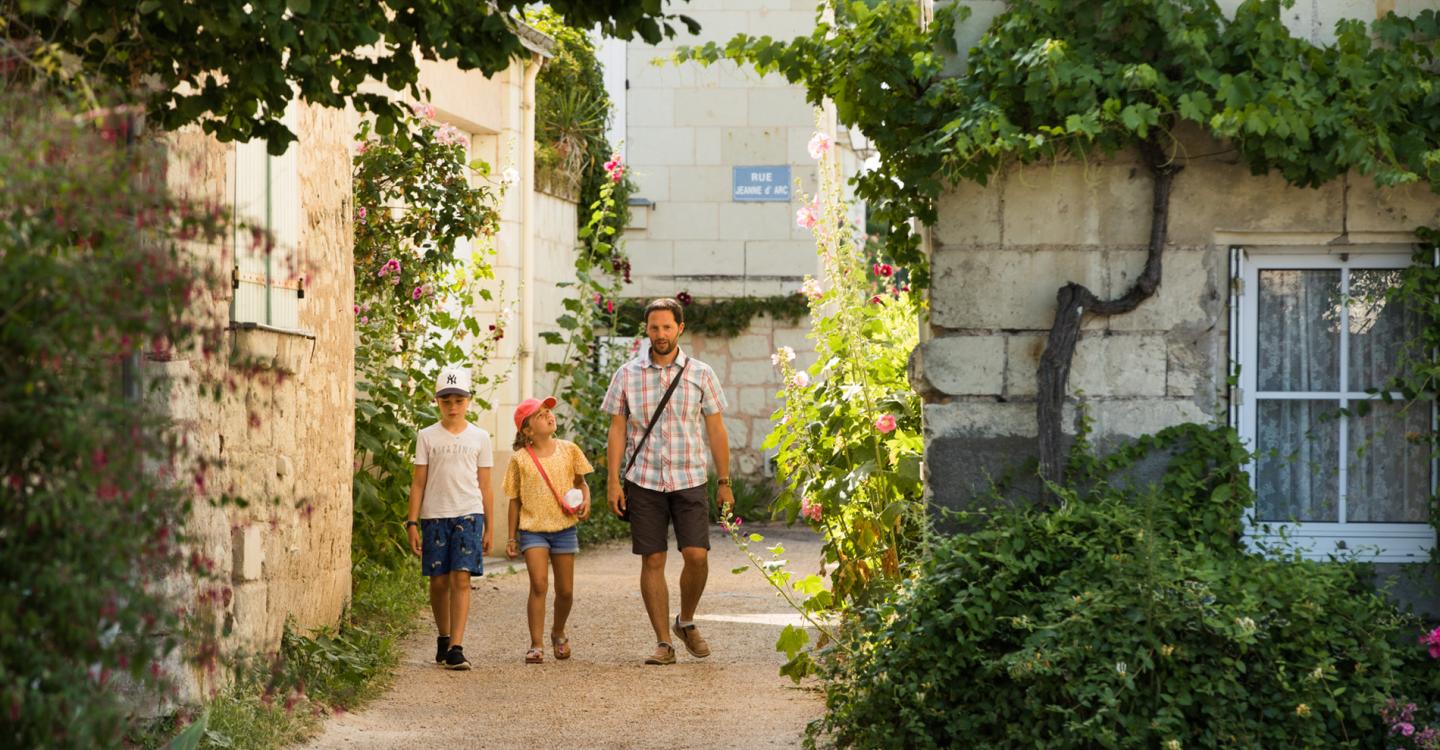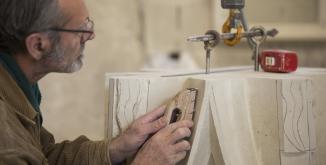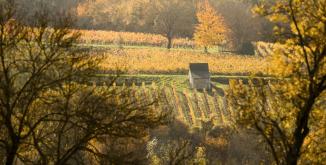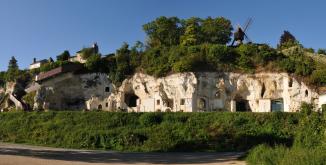Spanning the old provinces of Anjou, Touraine et Poitou, the Park territory has been at the heart of the game of influences and rivalries for a long time. Its strategic position along the Loire river, its fertile soils and its mild climate turned it into an object of desire during centuries. The towns and villages of the territory carry the scars of past conflicts, but also the beauty of prosperous times: fortresses and castles neighbour on rich winegrowers’ estates, port facilities, etc.
Saumur and Chinon hold the “Ville d’Art et d’Histoire” label (city of art and history). They have several things in common: built on the riverside (the Loire and the Vienne river), the two cities spread out on the bottom of a rocky outcrop with a fortress on top of it. Both are also vinery centres with an important and prestigious cultural heritage.
In the Loire-Anjou-Touraine Park, you can also find three cities with the “Plus Beaux Villages de France” (most beautiful villages of France) label (Crissay-sur-Manse, Candes-Saint-Martin and Montsoreau) and several “Plus beaux détours de France”(most beautiful detours of France), “Petites Cités de Caractère ” (small town with character) and “Villages de charme” (charming villages).
Many cities used to be (or still are) surrounded by ramparts, due to ongoing fights for power between local lords, and later on between the Kings of France and England as well as wars of religion. The ramparts of Chinon, Doué-la-Fontaine, Montsoreau and Azay-le-Rideau have almost disappeared. You can still find some remains of walls in Crissay-sur-Manse, Le Puy-Notre-Dame and Beaufort-en-Vallée, but above all, the great walls of Saumur and especially Montreuil-Bellay are still standing. Medieval towns were confined within their walls for centuries. It is only in the 19th century that they spread out.
The towns and villages of the Park often date back to the early Middle Ages or even to the Gallo-Roman period. However, two of them have been built later: cardinal Richelieu orders the construction of a new town (1631-1642) which still carries his name today. Two century later, the village of La Ménitré is built with a similar idea of an “ideal town”.
Walled towns: Saumur, Chinon, Montreuil-Bellay…
The fortifications of Saumur evolved over time: the first walls date back to the 11th century, but there are hardly any remains. A bigger and stronger wall is built during the Hundred Years War. Construction works begin in 1364 and last until the middle of the 15th century. The medieval ramparts have no less than 19 towers, 10 of them are still standing today. The most spectacular ones are the Grainetière, the Papegault and the Bourg towers, all of them dating back to the 15th century. Most of the curtain walls around the city are also well-preserved.
Unfortunately, there are no remains of the ramparts of Chinon. The walls built in the 12th century, protected the town around the castle. An extension during the Hundred Years War included even the areas of Saint-Étienne and Saint-Mexme. Even without its ramparts, Chinon still has the appearance of a medieval town. Take a walk through the rue Haute-Saint-Maurice where half-timbered houses neighbour manors from the 15th and 16th centuries.
Montreuil-Bellay, on the Thouet riverside, is the best-preserved fortified town of the Park area. The curtain walls have two monumental gateways (Saint-Jean and Nouvelle) granting access to an exceptional medieval heritage (convents, castle, …).
Beaufort-en-Vallée only has little remains of its city walls, but still is worth a visit to admire the big cobbled square, the Renaissance bell tower and the market halls from the 19th century.
And last but not least, the walled town of Crissay-sur-Manse, labeled “Les Plus Beaux Villages de France” is full of small architectural treasures: small narrow roads, gabled houses from the 16th century, gable fronted dormers, …
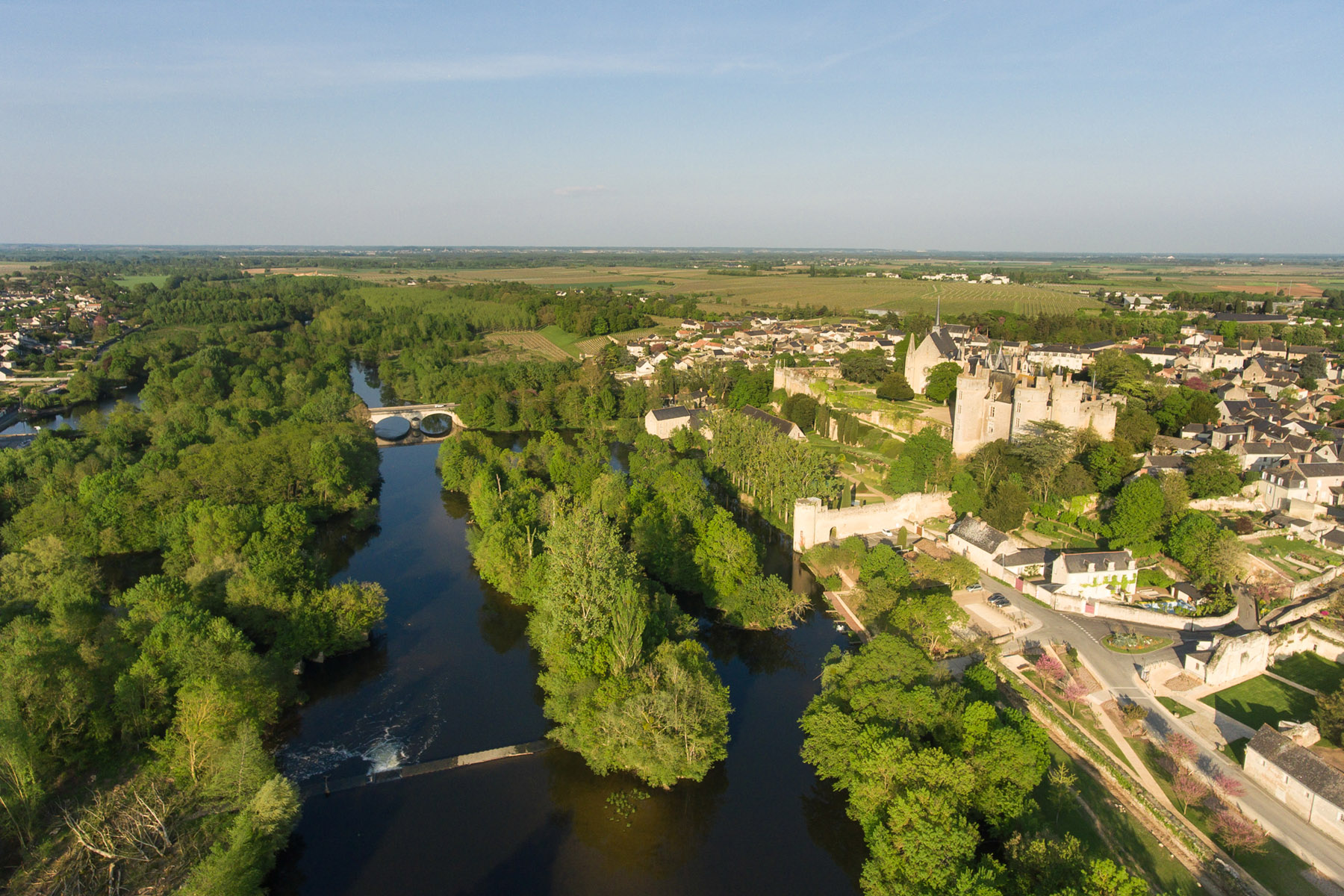
Villages along the Loire riverside
For a long time, the rivers, and especially the Loire, have been the main communication routes for the exportation of goods like wine, tufa, wood and fruits and the importation of salt, sugar, tools and stone or china tableware, … by boat. In the 19th century, docks and quays are built in the port cities in order to make the disembarkation of goods and passengers easier.
During the Industrial Revolution, in the middle of the 19th century, railways start to become fierce competition to waterways.River trade has made the merchants’ fortune. They built stately houses in the villages along the Loire riverside: Candes-Saint-Martin, Montsoreau, Parnay, Souzay, Dampierre, Chênehutte, … Take a small detour to Thoureil to discover the mansions of the Dutch wine merchants dating back to the 17th and 18th centuries. Bargees lived in more modest houses with a decorative sign indicating their profession.
As the levee of the Loire was constructed, villages on the other riverside have taken a different development. In the 19th century, port facilities change the appearance on the right bank. Besides making trade easier, quays and ports open a wide view over the river. But it really is the agricultural development which transforms the villages of the region. In Bréhémont, Chouzé-sur-Loire, Saint-Clément-des-Levées, Les Rosiers-sur-Loire, La Ménitré and Saint-Mathurin-sur-Loire, the façades of houses and public buildings are richly decorated reflecting unprecedented prosperity.
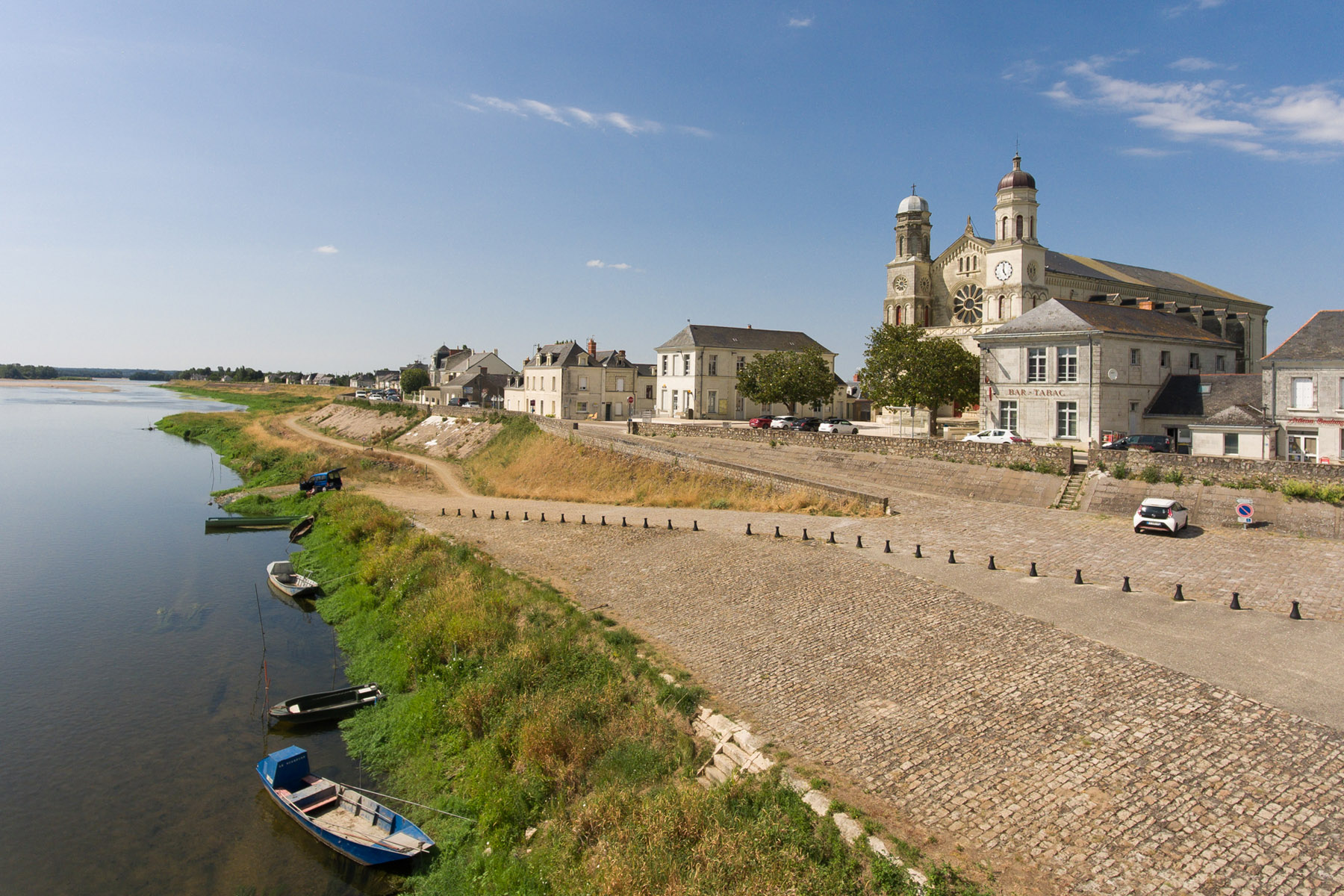
Wine-growing villages
Many villages of the territory have grown thanks to winegrowing and trading ever since the Middle Ages when monasteries first developed this activity. The vineyards have shaped the rural landscapes putting it in lines of vines and a village here and there as well as beautiful wine growers’ houses.
The area of Saumurois is packed with cultural heritage sites, built between the 16th and 19th centuries. In the 16th century, houses transform into manors with turrets with spiral stairways. Let’s meet in Puy-Notre-Dame to have a look at some of them. In the 17th and 18th centuries, many private mansions or little castles with parcs are built; just like the hamlet Chaintre in Dampierre-sur-Loire, or in Varrains, Chacé or Saint-Cyr-en-Bourg. In the 19th century, the great families of “fines bulles” (sparkling wine) founded in Saint-Hilaire-Saint-Florent order the construction of castles and other ostentatious buildings in order to foster their brand image.
In the Chinon area, the houses of winegrowers take the appearance of rich wine farms. You can see some of them in the hamlet of Roguinet in Savigny-en-Véron. On the right bank of the Loire, the town of Saint-Nicolas-de-Bourgueil is full of private mansions. For an unexpected moment, take a tour to the Cravant-les-Coteaux cimentary and have a look at the wine growers’ graves shaped as barrels!
The enclosed vineyards are typically local. In the Saumur area, the fields surrounded by (rather expensive) stone walls belong mainly to the big land owners. Today, some of the walls are still visible around big fields. Their construction used to be easy as tufa mines were just around the corner.
The most famous one is the Clos Cristal. Its name recalls the inventor of an eccentric production method in the early 20th century. The vines are planted on the North side along a wall, whereas the stems and fruit soak up the sun from the South through holes in the wall. This method improves the maturing of the grapes and is still used today.
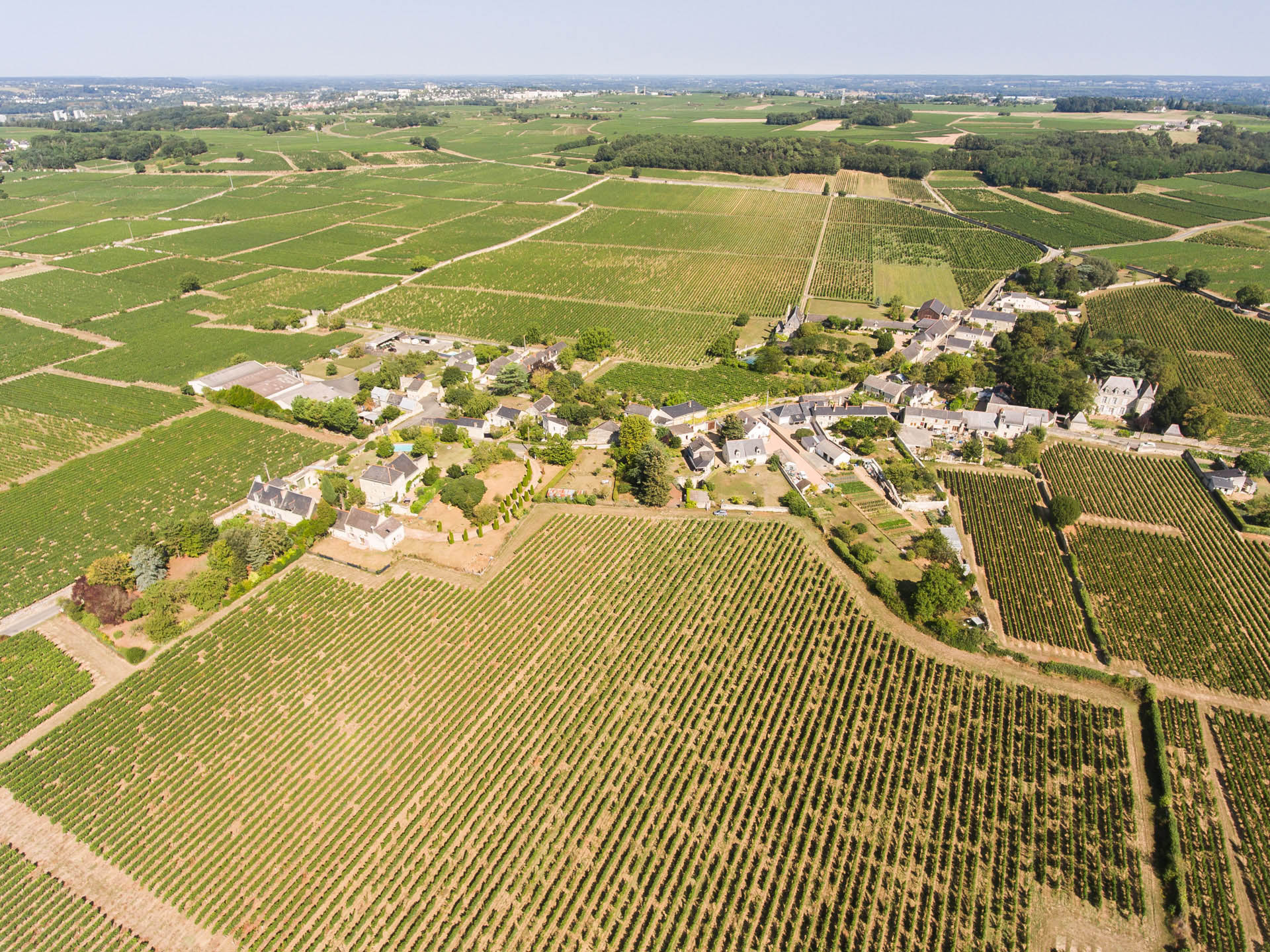
Rural villages
The Park territory has always been a crossroad of many different influences. In the West, you can find a transition zone between the Parisian basin and limestone soils, as well as between the Armorican massif and schist soils. The villages are mirrors of these differences: all over the Saumur, Bourgueillois, Véron and in parts of the Chinon area, constructions are built with tufa. But the closer you get to Angers the more cut stones make way for slate schist. Around Richelieu, it is the “galuche”, a small limestone picked in the fields, which is used for buildings and roads. Roofs made of slate from Trélazé are common on the territory, whereas South of the Loire and Vienne rivers, in the areas of Richelieu, Montreuil-Bellay, Doué-la-Fontaine, tiles are rather flat or hollow just like in the neighbouring region of Poitou.
In the 19th century, the entire Loire valley benefits from the rise of agricultural activities and technical progress. With the first railway, trade opportunities grow and bring wealth to local farmers and merchants. Elegant public buildings and beautiful private mansions are built in the villages. Their façades are richly decorated with pilasters, dormers and mouldings to impress the passer-by.
In the South of Chinon and near Richelieu, you can see big square farms with enclosed courtyards. The entrance from the road is a majestic porch way on which you can recognise the influence of the nearby Loundon. The rooms are situated at the back of the courtyard, the common spaces on the sides.
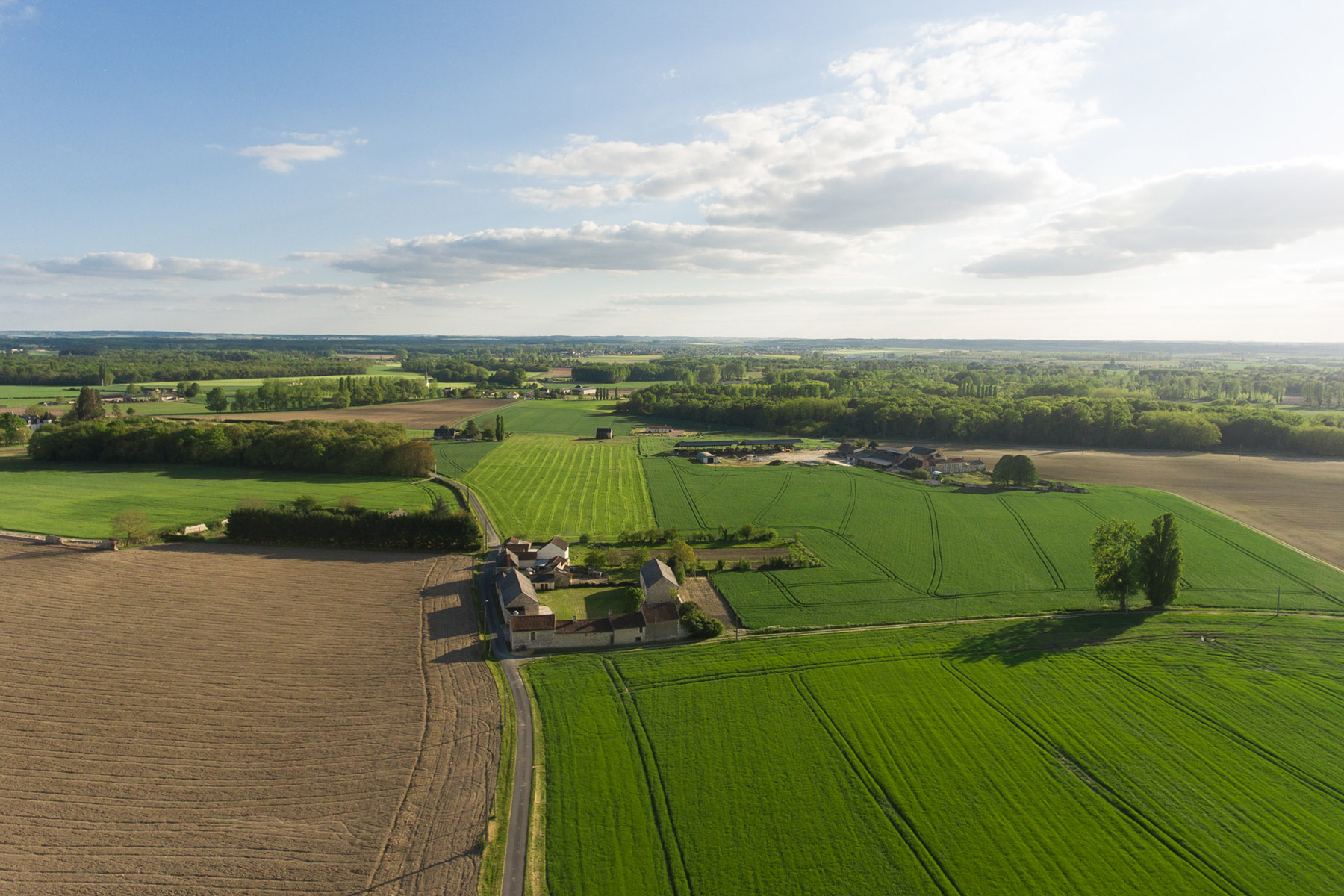
New towns: Richelieu, La Ménitré
In 1624, cardinal Richelieu is appointed minister by Louis XIII. In consequence, he wishes to transform his modest family estate in Poitou into a residence more appropriate to his new position. With the King’s approval, he starts two building sites in 1631: the construction of a huge castle, showing his power, and the construction of a whole new town in the Northern part of the estate for lodging his court. The enormous castle of Richelieu was levelled in the 19th century, leaving only the parc. But the “ideal city” designed by the cardinal is still standing.
The new town of Richelieu is built within only 10 years. It is a study case of classical urban planning in the 17th century. The plans are designed by the architect Jacques Lemercier to whom we also owe the Louvre and the Sorbonne in Paris. The city is circled by a wall with four gateways. 28 identical stately houses border the main road. They are sold to noble people close to Richelieu to set up a court near the castle. The secondary roads lead to more modest houses covered with tiles. The church and the market halls corner the central square.
Two centuries later, the new village of La Ménitré is built with similar planning: a central square crossed by a main road with a symmetric development of smaller roads spreading from it. The city is officially created in 1824. Construction works are led by François-Villers, an architect from Angers.
Vivy and Saint-Nicolas-de-Bourgueil have also been built in the 19th century but their architecture is less spectacular.

